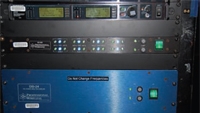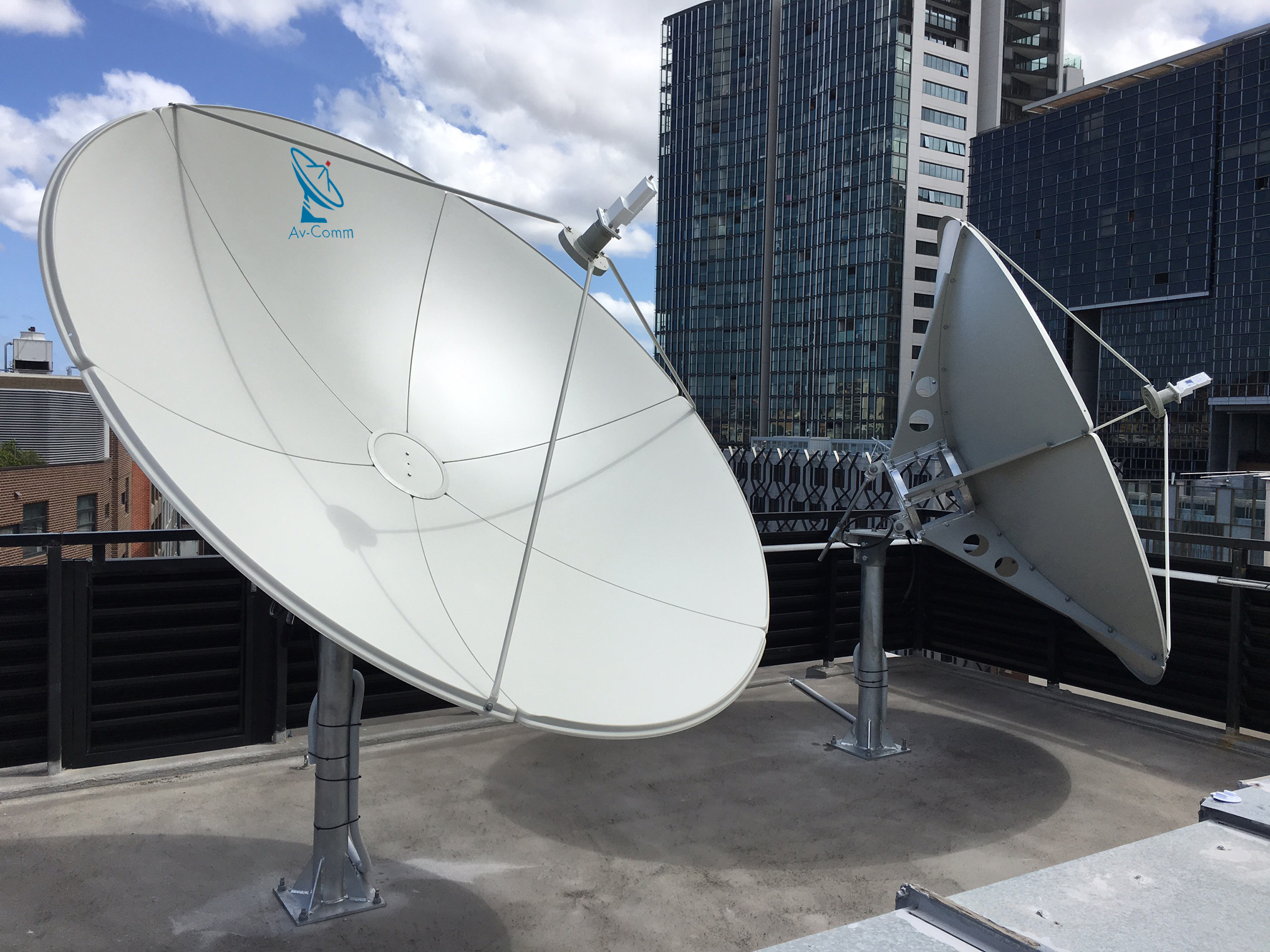PWS wireless systems

Studio engineers and audio producers working in crowded RF areas understand the importance of avoiding signal interference at all costs. It can be tricky to find an available frequency and keep it for long periods of time.
At NBC WMAQ-TV Chicago (including WSNS-TV and WMAQ Studio Productions), the station multiplies that by a magnitude of five, as it operates four studios and control rooms in its main building, as well as a separate street-level studio located between the Hancock Building on Michigan Avenue and the Willis Tower (formerly Sears Tower), about 1mi away. Each show — including such major syndicated shows as “The Ellen DeGeneres Show” as a remote, “The Jerry Springer Show,” “The Steve Wilcos Show,” “Judge Mathis Show” and “Judge Jeanine Pirro” — requires a minimum of 48 wireless mics, along with wireless video and other crew communication signals. (In addition to the syndicated shows, the team is responsible for the production and broadcast of news, weather, sports and original programming for NBC affiliate WMAQ and Telemundo station WSNS.)
So, with 48 wireless mics needed for two main studios, 14 channels for the street-level studio and 16 more for two newer news studios, the station manages more than 130 channels of wireless audio signals alone.
BAS relocation and white space spectrum concerns
Signal interference was only one of the issues facing Edward S. Mann, NBC Chicago manager of technical operations, news, and Lane Lucatorto, engineer in charge at WMAQ Studio productions, who manages the audio operations there. They were also faced with having to replace analog equipment with digital and move mics off the 700MHz spectrum and shift from VHF to UHF as part of the government Broadcast Auxiliary Spectrum (BAS) relocation project. This became a real issue (and continues to be) because with the move, the FCC has taken away six previously licensed channels from its street studio.
In addition, a new independent digital television station recently went on-air and — because microphones are now considered “secondary devices” — wiped out an entire band of 16 channels that WMAQ was using. Lucatorto said they would try to use spectrum for their wireless mics from a station in nearby South Bend, IN, without interfering with them. Initial tests have been positive.
(The latest FCC white space ruling allocates only 16 channels for unlicensed devices like wireless microphones in the Chicago market, which Lucatorto calls “absurd” because he figures he'll be left with a single channel to work with.)Add all of this together, and you get an RF frequency allocation nightmare.
The professional video industry's #1 source for news, trends and product and tech information. Sign up below.
A new frequency plan
Working with Orlando, FL-based Professional Wireless Systems (PWS), WMAQ knew it needed a way to expand coverage of its existing microphone transmitters and add new ones to allow the various shows to shoot outside of their respective studios (in the street, down the hallway, etc.) when necessary. The PWS solution incorporates a mix of proprietary technology — including a customized 24-output configuration of the company's DB-16 filtered receive multicoupler, which it calls “an RF decongestant” — and a number of off-the-shelf helical and LPDA batwing antennas.
Managing the RF signals of five different studios, with the street-level studio enclosed in glass (which can be problematic for wireless signal propagation) was equally critical. Located 1mi away from the Willis Tower and other broadcast signals, Lucatorto said the station routinely gets “bombarded” with RF.
So the team at WMAQ worked with PWS Project Manager Brooks Schroeder over a period of six months to design a new antenna system scheme and a new frequency usage plan within its relocated RF environment, using the combination of helical and batwing antennas. These antennas are used in tandem with Shure wireless transmitters and receivers and DPA mic elements.
(Schroeder also collaborated with Tom Krajecki of Shure and with John Garrido, RF special projects, for the on-site installation. The PWS team included James Stoffo, company founder; Dave Shoman, director of manufactured products; and Vern Sullivan, who designed a custom VHF antenna and modified other elements of the extensive equipment package.)
The helical antennas work better in the studios (Studio “A” is the largest in Chicago) to cover a large space, while the batwing provides added coverage when a subject is walking down a hallway. The helical antennas are also mounted near windows so that they can secure coverage when someone walks outside on the street.
Covering all bases
The combination of antennas has allowed WMAQ to get coverage of nearly a block away, or farther than a video RF signal can travel. Often, during live band performances outside the street level studio (“Studio 5”), the station will have to zoom in with a camera from a distance while getting a clean signal directly from the mic transmitter.
In the end, PWS designed a few systems from scratch and suggested a few existing technologies to make it all work. A year later the “The Jerry Springer Show” and “The Steve Wilcos Show” have gone away, but WMAQ still produces the “Judge Mathis Show” and “Judge Jeanine Pirro” with the same technology, and the system remains reliable and virtually free of interference.
Since PWS installed the system in 2009, the company has continued to support the system and fix small issues that have come up. Much of the follow-up work has been fine-tuning the install with a few antenna position corrections and micro-phone adjustments.
All agree that the most valuable addition has been a series of custom antenna combiners designed and installed by PWS. Previously, there was always an issue of how to sustain reliable coverage around the entire building. When a subject would move outside a coverage area, an assistant had to quickly move antennas to keep the signal stable. With the combiners, that is no longer an issue.
Michael Grotticelli regularly reports on the professional video and broadcast technology industries.
